Why are there two different shaped blades on spinnerbaits?
And which one should I use?
Have you ever found yourself asking these questions? At some stage in your fishing time you would have and it’s important to know the difference between the two. They both have different purposes and if used in the right situation you will catch more fish.
First of all we will talk about the more common shaped blade that you will find on probably 75% of spinnerbaits: the Colorado blade.
Colorado Blade
This is the spoon like shaped blade and if you own a spinnerbait chances are it will have a Colorado blade. They come in a range of sizes and usually there are two on the spinnerbait arm (a small one and a big one). It’s the pick of the two blades and can be used in majority of situations. Probably the reason why there are more of them around.
“Rule of thumb if you’re not sure, start with a Colorado blade”
They produce a solid thump and vibration through the water which is what attracts the fish. It helps slow down the sink rate of the lure which in turn keeps the spinnerbait in front of the fish for longer. This is important when fishing for native fish as the longer the lure is in the strike zone the more fish you will catch.
The Colorado blade is perfect for:
- Still or slow flowing water
- Shallow water (as it will hold up in the water column for longer)
- When casting at bankside structure
One other tip: if you want a slower sink rate, more vibration and pulse, you can up-size the Colorado blade. Most spinnerbaits come with a standard size 6 blade on the end, up-size your blade to a size 8 when targeting bigger fish.
Now the next blade is the long elongated leaf looking one that’s known as a Willow Blade.
Willow Blade:
This blade is more often than not put to the side but it does have its place. As I mentioned before it is the shape of a willow leaf and is longer and more elongated. In comparison to the Colorado blade the Willow blade catches less water and cuts through with less drag. This means it will sink quicker and produce less vibration and thump in the water. It actually gives off a totally different vibration to the Colorado blade, more of a quicker and sharper pulse. Something that would be similar to a quick tail flicking motion of a crustacean.
So this lure sinks quicker and doesn’t produces as much attraction, so why would we want to use it? There is a situation where this blade is needed and becomes more effective than the Colorado.
The Willow blade is perfect for fishing in fast flowing water. The reason behind this is it will sink through the fast water quickly and reach the strike zone of the fish before being swept away by the current. Now this is extremely important when fishing in these situations where you have fast rapid flowing water, quick outside bends and shallow boulder waters. A Colorado blade will get picked up by the current before even reaching the fish making it useless.
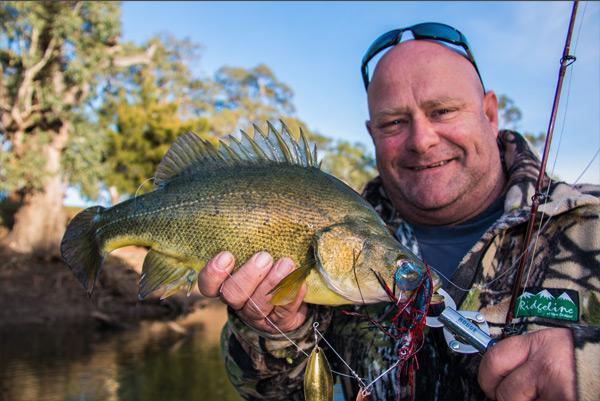
Peter Brunt presenting a beautiful river Golden that came undone using a Willow bladed Mud Guts Spinnerbait
The other reason you may need to use a willow blade is when you want to get down deep quickly. Perfect example is when fishing with spinnerbaits in impoundments and you want to fish down on the bottom in a deep location. You don’t want to waste time with a slow sinking lure. So by using the willow blade it will allow you to be more effective with your fishing time, you’ll be in the strike zone for longer and in return will catch you more fish.
In summary, the Willow blade is perfect for:
- Fishing in fast flowing water
- When you want to fish deep in impoundments
- Fishing a section of water quickly
Tip: Spare Components
I always carry spare blades and swivels so I can easily swap over blades when needed. As sometimes you may need a different blade in the same trip. This is very common when fishing on a river as some sections may be deeper and slow, and then around the bend you come to a shallow and fast rapid section. Being able to swap the blades will make you a more effective angler and it only takes 30 seconds to swap a blade. It’s easier than tying on a different lure, especially when you want to continue using the same colour spinnerbait.
It is something that is simple but yet very important to understand especially when you are first starting out. Now that you know the difference you’ll be able to choose the right blade configuration for the right situation.
So on your next outing will it be the Colorado or the Willow?
If you have any comments or questions please share them below. I would love to hear your thoughts.
Rhys Creed


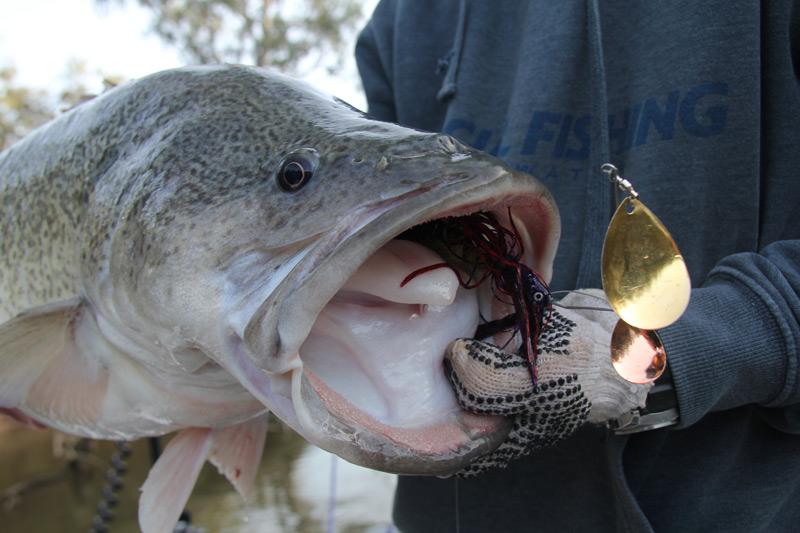
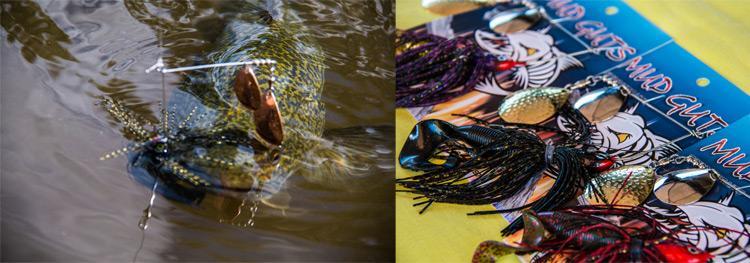
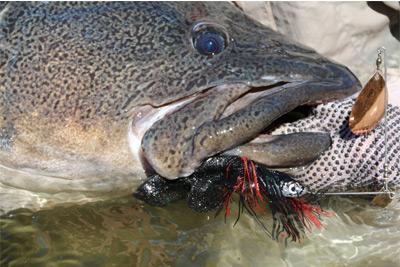
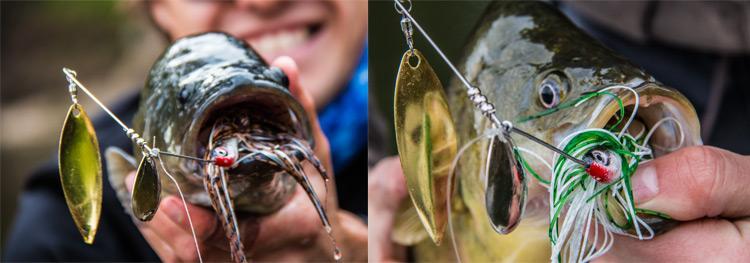
0 comments